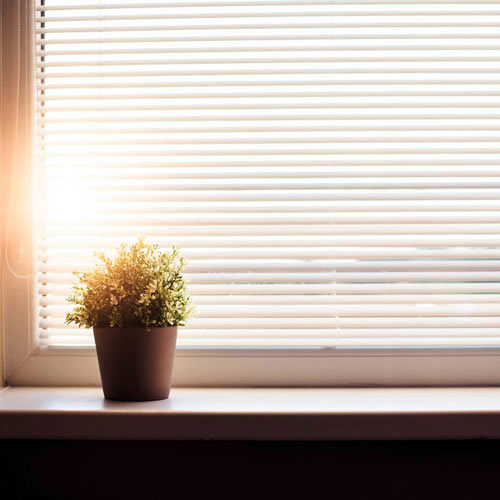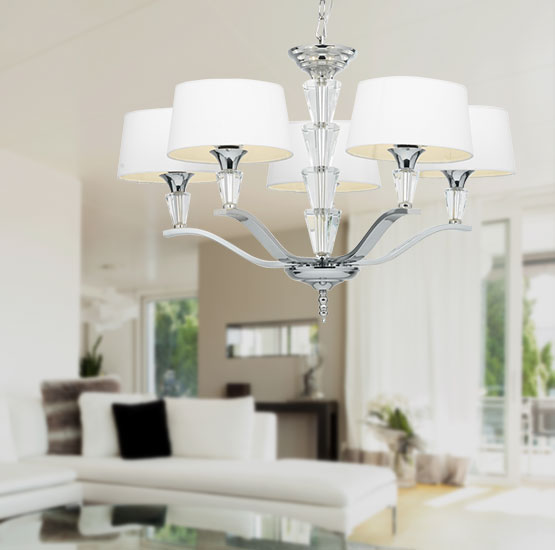No products
Prices are tax included
Product successfully added to your shopping cart
There are 0 items in your cart. There is 1 item in your cart.
Categories
Types Of Interior Design Lighting
Published :
03-04-2018 18:49:18
Categories :
4LED Articles
When planning the lighting for the interior design of your home it is important to understand what you are trying to achieve. Different lighting types are designed to perform different lighting tasks. Understanding each function can make a big difference to the functionality of your completed room.

Natural Sunlight
As you are probably aware, the amount of natural sunlight your home gets changes throughout the day as well as throughout the seasons. For example, rooms that are flooded with light in the morning, may be gloomier in the afternoon as the sun moves around the house. The opposite is of course is just as true.
When designing your room layout, positioning things like you bed and seating so that they do not get direct glare from windows is very important. Glare on tv screens or computer monitors is also an issue that should be considered.
To make more use of natural light consider adding mirrors. These not only will add depth to your room but also make the most of any natural light available. When positioning mirrors try to take into account where sunlight will be reflected to as the sun moves around the house. As this can also affect seating and dining areas making them uncomfortable to use.

Ambient Lighting
Ambient lighting is the main lighting of your room. It should fully illuminate the whole room in a similar style to sunlight. While primarily ambient lighting is achieved from one central flush ceiling light or pendant light. Large rooms may require multiple lighting source to achieve full illumination.
Table lamps, wall lighting and floor lighting can all be added to create extra illumination or as an alternative to a room mains lighting. Lowering the lighting levels when relaxing or watching tv.

Task Lighting
As you would probably guess from the name, task lighting is additional lighting to help perform tasks.
Many modern houses now have undercabinet lights which can add additional lighting during overcast days to perform food preperation or simply make a coffee. At night undercabinet lighting switches to accent lighting showing off your kitchen surfaces. Floor lamps make excellent task lighting for your favourite reading spot while table lamp spotlights are perfect for homework desks and computor areas like a home office.

Accent Lighting
Accent lighting is generally used to accentuate certain design aspects of your room adding style and impact. It's important to remember your only trying to light what you want to see rather then flooding the whole area with light.
Whether you use picture lights to show of your artwork or led tape to uplight, or backlight a cabinet or under shelves. Your accent lighting should be at least 50% brighter then light available around it. Otherwise the impact you are looking for will be lost.
Some lights are designed not to illuminate an area but to be a focal point in their own right. This kind of lighting is perfect for coffee tables and shelves bringing extra style to a room giving it your personality.

